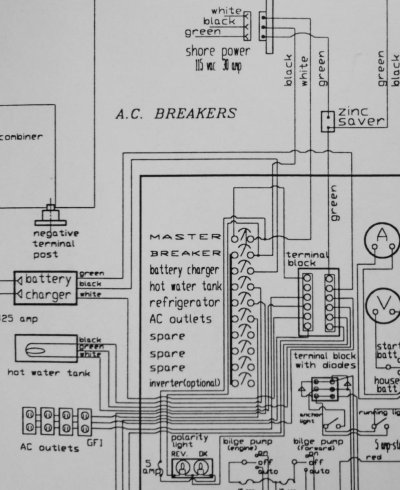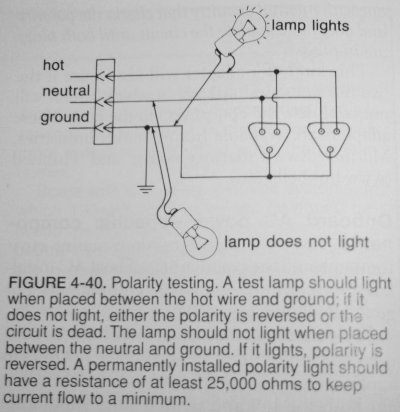seasalt007
Guru
Since starting this trip Tuesday we have stayed two days each in the Field Club in Sarasota and the Sarasota YC. We left this morning for the short trip to Bird Key YC also in Sarasota. They recently reopened after a major renovation of their docks which included a total rewire.
When the dock master plugged us into 50 amp power the main breaker for all the power posts for the transient docks tripped. Dock master said that our boat must be back feeding power because the new system is required (by code) to trip if it senses a back flow of over 30 mila amps. Sort of a ground fault like deal he said. He had me turn off all the breakers on the boat and tried again. She blew again.
He said that there was nothing he could do and unless we wanted to run the gen set we should go elsewhere.
He was very apologetic and said that a significant number of visiting boats experienced the same thing as well as a few of the permanent party boats. Some of these were able to stay on line by starting with everything off...establishing power...and then turning on breakers one by one until the power tripped.
Is there anything they can do to fix this?
We left and putted over to Marina Jack's, bicycled to Whole Foods, and had a big plate of sushi for lunch. All was not lost...except out free night at Bird Key.
When the dock master plugged us into 50 amp power the main breaker for all the power posts for the transient docks tripped. Dock master said that our boat must be back feeding power because the new system is required (by code) to trip if it senses a back flow of over 30 mila amps. Sort of a ground fault like deal he said. He had me turn off all the breakers on the boat and tried again. She blew again.
He said that there was nothing he could do and unless we wanted to run the gen set we should go elsewhere.
He was very apologetic and said that a significant number of visiting boats experienced the same thing as well as a few of the permanent party boats. Some of these were able to stay on line by starting with everything off...establishing power...and then turning on breakers one by one until the power tripped.
Is there anything they can do to fix this?
We left and putted over to Marina Jack's, bicycled to Whole Foods, and had a big plate of sushi for lunch. All was not lost...except out free night at Bird Key.



